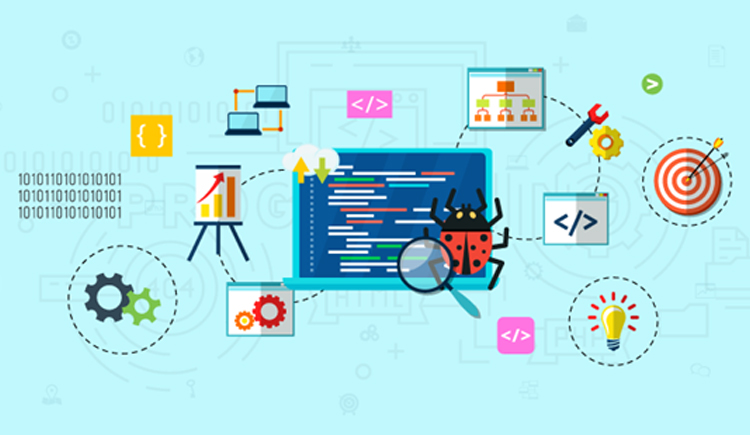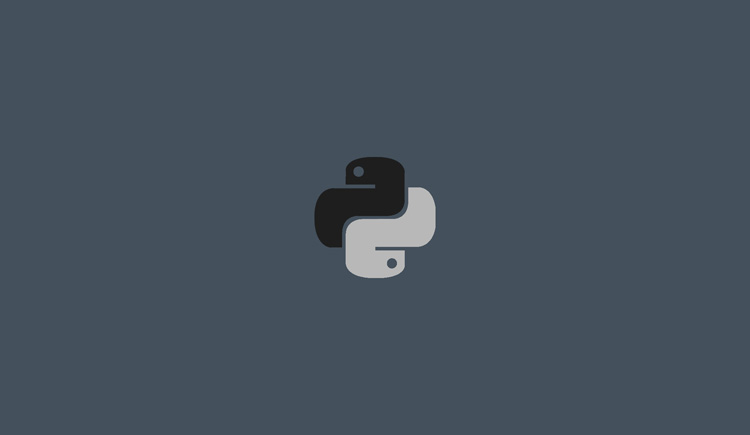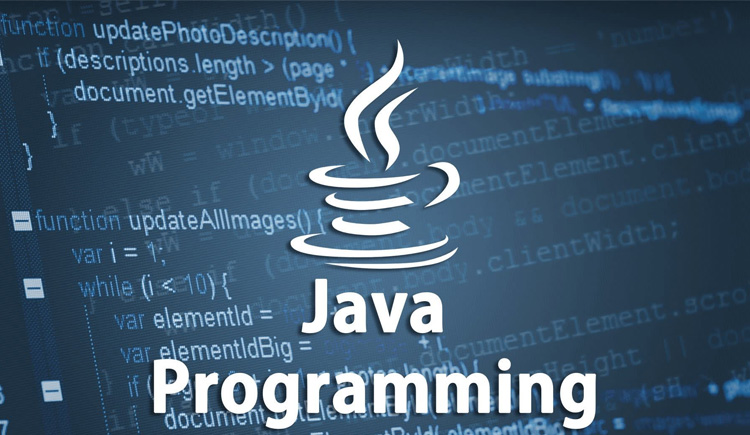
Manual Testing
Testing is a critical phase of the Software Development Life Cycle. Manual testing is the process in which the defects are identified, isolated, subjected for justification, and ensure that the product is defect-free, in-order to produce a quality product. However, it requires the necessary knowledge such as about different types of manual testing, software development life cycle. In this course, you will learn everything that is required from a good manual tester.
Manual testing is usually part of a comprehensive software testing process and is performed prior to software release. Software testers use and review the developed software the way an end-user would use it. The testing process can be a systematic process that uses formal test plans and action cases or can informally be performed by a user domain expert. The software can be tested for multiple user roles such as for software admin and software user—both using software but in a different way.
Course Details
Our vision is to let every student go across standard learning and unlock new intelligence power. The testing is important since it discovers defects/bugs before the delivery to the client, which guarantees the quality of the software. It makes the software more reliable and easy to use. Thoroughly tested software ensures reliable and high-performance software operation.
Course Information
this module you learn about Importance of testing. Why Testers need industry, software program/application/product: meets the business and technical requirements that guided its design and development works as expected.
- What is testing?
- Importance of testing
- Roles and Responsibilities
- Principles of software testing
- What is Quality?
- How much testing is enough?
- Differences between Manual and Automation Testing.
Module 2: Software Development Life Cycle
In this module you learn about development procedure .SDLC stands for Software development life cycle. It is a process that describes how to develop, design and maintain the software project ensuring that all the functional & user requirement, goals and objective are met.
- SDLC Phases
- Requirements Phase.
- Analysis Phase.
- Design phase.
- Coding Phase.
- Testing phase.
- Delivery and Maintenance Phase.
- SDLC Models
- Waterfall Model.
- V Model
- Agile Model.
- Prototype Model.
- Spiral Model.
Module 3: Software Testing Methodologies
In this module you learn about deferent types of software testing. Software Testing Methodology is defined as strategies and testing types used to certify that the application under test meets client expectations.
- White Box Testing.
- Black Box Testing.
- Grey Box Testing.
Module 4: Test Case Design Techniques
In this module you learn design test cases in such a way that we get the maximum coverage using an optimal set of Test cases. Focus on highlighting the various Methods and Techniques in designing test cases for both Black Box Testingand White Box testing.
Static Techniques:
- Informal Reviews
- Walkthroughs
- Technical Reviews
- Inspection
Dynamic Techniques:
Structural Techniques
- Statement Coverage Testing
- Branch Coverage Testing
- Path Coverage Testing
- Conditional Coverage Testing
- Loop Coverage Testing
Black Box Techniques
- Boundary Value Analysis
- Equivalence Class Partition
- State Transition Technique
- Cause Effective Graph
- Decision Table
- Use Case Testing
Experienced Based Techniques:
- Error guessing
- Exploratory testing
Module 5: Levels of Testing
In this module you learn about levels of testing are frequently grouped by where they are added in the software
development process, or by the level of specificity of the test.
- Functional Testing
- Unit Testing
- Integration Testing
- System Testing
- User Acceptance Testing.
- Sanity/Smoke Testing.
- Regression Test.
- Non-Functional Testing
- Performance Testing.
- Memory Test
- Scalability Testing.
- Compatibility Testing.
- Security Testing.
- Cookies Testing.
- Session Testing.
- Recovery Testing.
- Installation Testing.
- Adhoc Testing.
- Risk Based Testing.
- Compliance Testing.
Module 6: Software Testing Life Cycle
In this module learn about in detail description of Test Life Cycle, importance of Test Plan roles and responsibilities
of Test Manager, Test Lead, Test Engineer,
- Requirements Analysis/Design
- Understand the requirements
- Prepare Traceability Matrix
- Test Planning
- Scope of Testing.
- Roles & Responsibilities.
- Risks & Mitigations.
- Entry & Exit Criteria.
- Test Automation.
- Test Cases Design
- Write Test cases
- Review Test cases
- Test Cases Template
- Types of Test Cases
- Difference between Test Scenarios and Test Cases.
- Test Environment setup
- Understand the SRS
- Hardware and software requirements
- Test Data
- Test Execution
- Execute test cases
- Defect Tracking and Reporting
- Types of Bugs.
- Identifying the Bugs.
- Bug/Defect Life Cycle.
- Reporting the Bugs.
- Severity and priority
- Test Closure
- Criteria for test closure
- Test summary report
- Test Metrics
- What is Test Measurements?
- Why Test Metrics?
- Metric Life Cycle.
- Types of Manual Test Metrics.
Module 7: QA & QC & Testing
In this module you learn about QA & QC and How to log bugs in Project management tool, how to give severity, priority to bugs.
- What is Quality Assurance?
- What is Quality Control?
- Differences of QA & QC & Testing
Test Management with TFS Tool (Learn & Implement)
Defect Tracking Tools (Learn & Implement)
- TFS
Future Opportunity
Manual testing is considered as the preliminary testing phase which generally evaluates the behaviour of the app developed, by performing the step by step assessment of the requirement specification analysis record. The prime objective of manual testing is to ensure that the app works extraordinarily and fine without any sort of bugs and functional defects and also as per the requirement specification documents.
Well, the future of manual testing tends to bit closer and closer to Software Development in functioning and requirements. there is no absolute substitute for manual testing. For performing test activities like load testing, regression testing, and performance testing the automation has become essential. Without manual testing, the testing process will not be complete and there is the possibility of functional issues if we are less bothered about the manual testing procedure. Manual testing is much more reliable than test automation and skills such as inference, inductive reasoning, and human intuition are used while the manual testing process fashioned
Tutor Information
- J2SE
- Manual Testing
- Automation Testing
- Quality Analyst
- ISTQB Certified
Industry Driven projects
1. Public Healthcare Management System: Public Healthcare Management software is used mostly in hospitals, diagnoses, and pharmacies to automate the overall work structure and to eliminate human intervention.
2. Test Cases for Ambuja Cement
3. Test Cases for Blue Cross Blue Shield
4. Soil Moisturizing- https://soilhealth.dac.gov.in/HealthCard/HealthCard/state
5. E-commerce practice website-It’s a full-featured e-commerce website simulator and my favorite. Here you can test anything from a simple login page to product selection and add/edit your shopping cart. It covers the complete online shopping workflow. You can write Selenium scripts to fill addresses, shipping details, and proceed to simulate payment.
6. NewTours aut- It asks you to log in first before presenting the online flight booking web page.
7. org tested using selenium web driver. Its a Job Portal for Employers and Candidates
8. ParaBank Banking Software – This is a banking website that allows for automation through the UI and through the Web Services (REST and SOAP). This is hugely beneficial because it will allow you to think of your automation in terms of the automation pyramid.
9. Sauce E-Commerce- This is probably the site that I have seen for UI test automation. This website is an e-commerce store that has several cool attributes.








